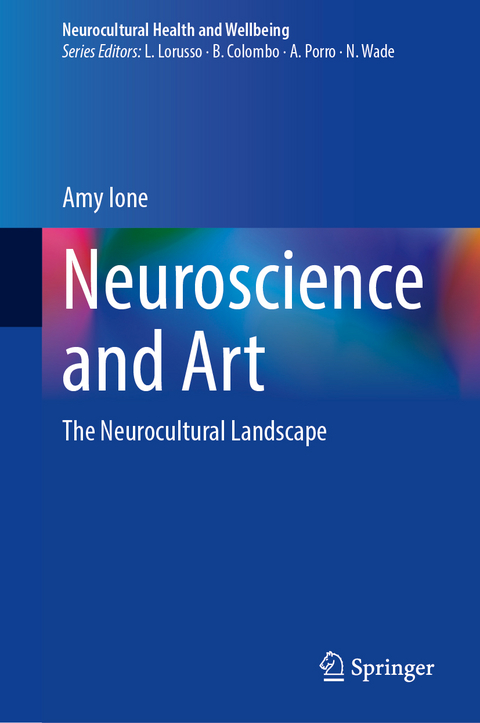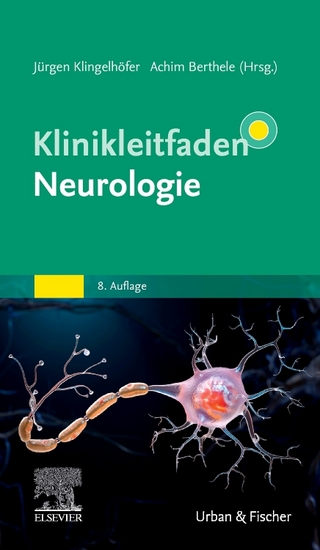
Neuroscience and Art
Springer International Publishing (Verlag)
978-3-031-62335-6 (ISBN)
This book is focused on how understanding ourselves as humans is incomplete without considering both biological and cultural aspects. Using the neurocultural perspective, the book explores how everything in the world is filtered back and forth through the brain and culture. The thrust of the book, therefore, is to explore the power of art in creating a bridge between cultural and neuroscientific lines of inquiry. Looking at both clinical and non-clinical populations, the text examines historical foundations, distinguishes congenital/developmental conditions from those that are acquired, and emphasizes how the brain constructs our sensory experiences.
Several distinctive features separate this research from other publications. First, the book opens with a review of how the historical literature is still etched into the ideas we employ to explain elements across the interdisciplinary fields of art, aesthetics, our sensory experience, psychology, cognition, and well-being. Second, the research adopts a humanistic rather than a philosophical or social science perspective in demonstrating the value of coupling anatomy and physiology with the natural and social environment. In this, artists from all genres are incorporated. Among them are Iris Murdoch, Ludwig van Beethoven, Leonardo da Vinci, Cristoforo de Predis, Rembrandt, Federico Fellini, Chuck Close, and David Hockney.
Case studies demonstrate how neuroscientific research meshes with art, individual, and cultural variables in ways that range from health and well-being to physiological decline and biological traumas. These include a case study that examines how Oliver Sacks combined biology and biography in his writings. It also explores art projects in several genres inspired by his studies. Another case study is on the role of film as a useful clinical tool. Here the book also demonstrates that cinematic devices used by filmmakers intersect with perceptual and cognitive neuroscience.
A defining feature of the analysis is the integration of research on brain injuries with humanistic responses in film, literature, and the visual arts. This section outlines the lack of consensus regarding the causes and treatment of "shell shock" in World War I before introducing how research and art now work with PTSD/TBI.
Finally, the book examines therapeutic cases of professional and non-professional artists, concluding with a discussion of synesthesia and the senses.
Amy Ione is Director of The Diatrope Institute, an organization for the dissemination of interdisciplinary information. She has published several books, including Innovation and Visualization: Trajectories, Strategies, and Myths; Art and the Brain: Plasticity, Embodiment and the Unclosed Circle; and Nature Exposed to Our Methods of Questioning. She had also published over 200 articles and book reviews on art, neuroscience, technology, and cultural issues. In addition, Amy Ione is a lifelong artist, with artwork commissioned by the City of San Francisco, exhibited internationally, and found in many collections.
Frontispiece.- Dedication.- Acknowledgements.- Preface.- About the Author.- Part I: Overview:.- Chapter 1: Historical Neuroculture.- Chapter 2: Early Experimentation, Theories, and Applications.- Chapter 3: Biological and Genetic Perspectives.- Chapter 4: Social and Environmental Modifications: Dynamics of Change.- Part II: Case Studies.- Chapter 5: A Luminous Presence: Iris Murdoch.- Chapter 6: Biography and Biology: Oliver Sacks.- Chapter 7: Neuroculture and Image Technology.- Chapter 8: War and Art: Brain Injuries, Trauma, and Empathy.- Chapter 9: Neurocultural Therapeutics and Applications.- Part III: The Neurocultural in Practice.- Chapter 10: Translation and Education.- Chapter 11: Faces and Face-Blindness (Prosopagnosia).- Chapter 12: Synesthesia and the Senses.- Appendix A: The Mute's Lament by John Carlin.- Appendix B: Dulce et Decorum Est by Wilfred Owen.- Index.
| Erscheinungsdatum | 18.09.2024 |
|---|---|
| Reihe/Serie | Neurocultural Health and Wellbeing |
| Zusatzinfo | XXIV, 329 p. 58 illus., 33 illus. in color. |
| Verlagsort | Cham |
| Sprache | englisch |
| Maße | 155 x 235 mm |
| Themenwelt | Medizin / Pharmazie ► Medizinische Fachgebiete ► Neurologie |
| Schlagworte | Art and Cognition • art therapy • Brain Injury • music • prosopagnosia • Synesthesia • therapeutic tools |
| ISBN-10 | 3-031-62335-5 / 3031623355 |
| ISBN-13 | 978-3-031-62335-6 / 9783031623356 |
| Zustand | Neuware |
| Informationen gemäß Produktsicherheitsverordnung (GPSR) | |
| Haben Sie eine Frage zum Produkt? |
aus dem Bereich


